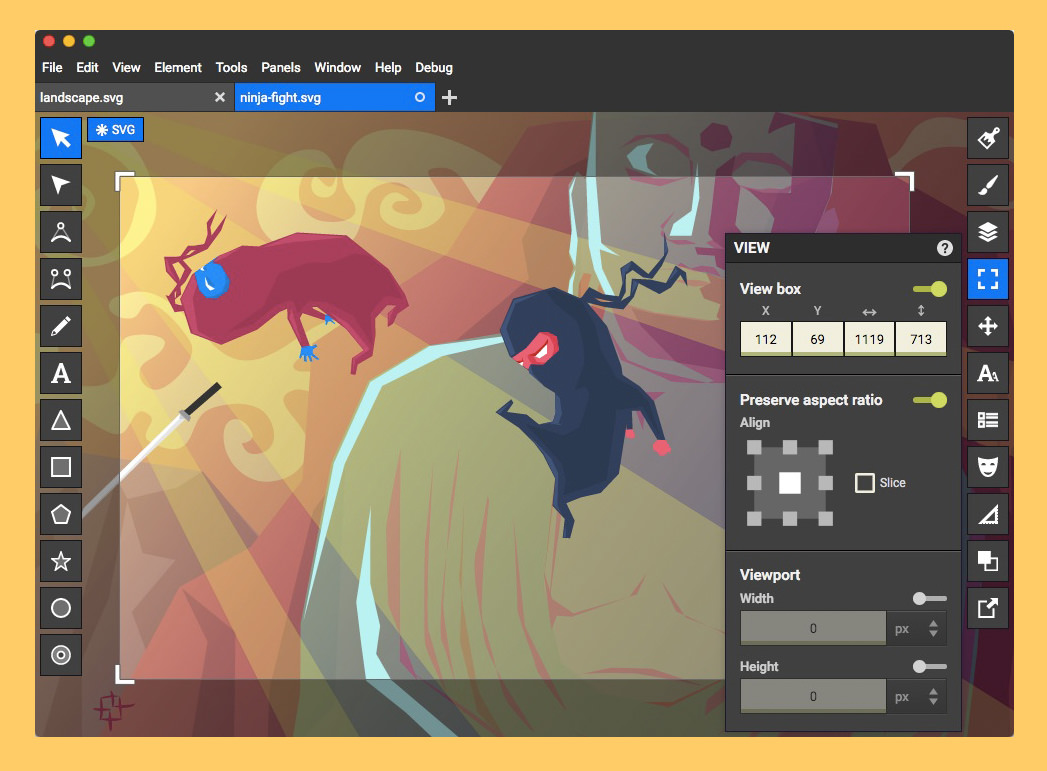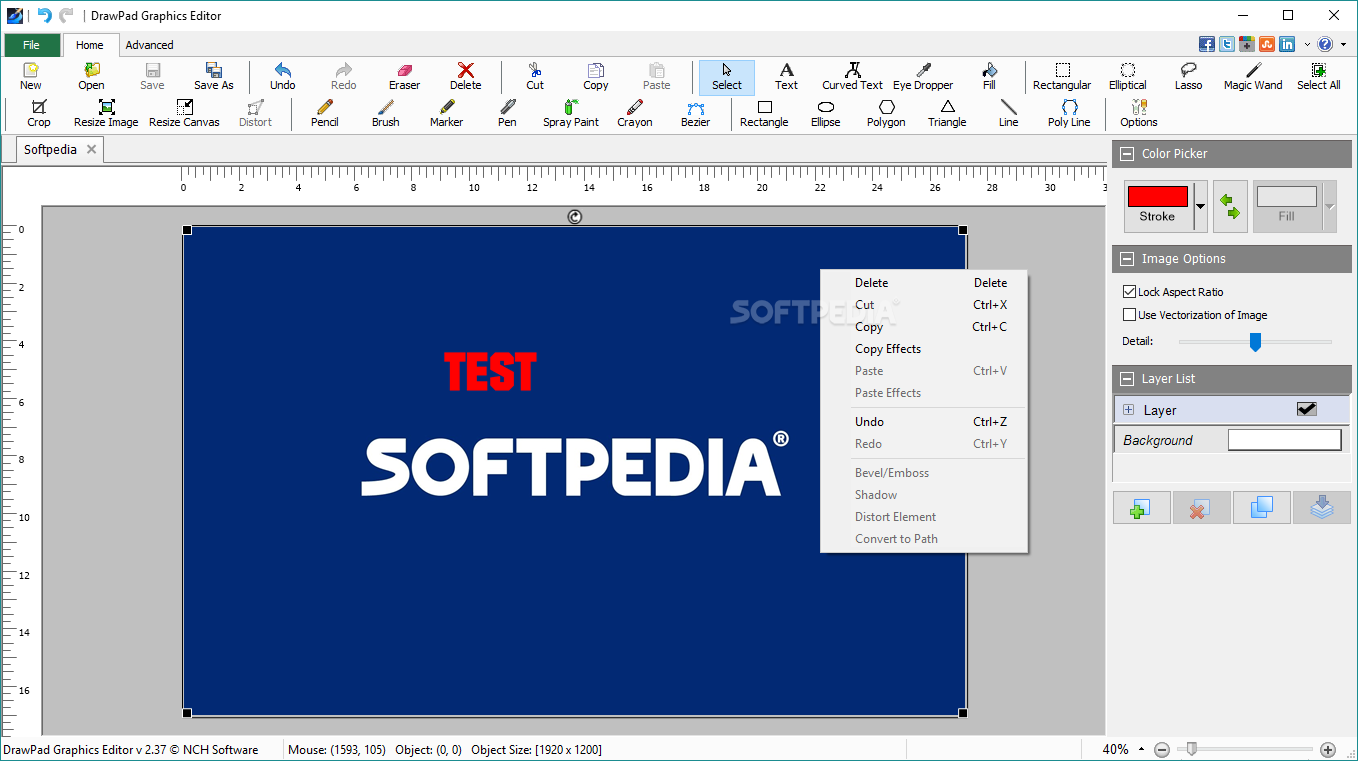
I've made them display in Blue and Red, respectively. I’m using two layers, I’m calling them “Layer 1” and “Layer 2". Let’s start simple and make a 1-Dimensional Grating, which will look like a bunch of parallel lines.

You will also see lots of editing options under the various menus and toolbars, but I'll let you learn about those on your own.įor now, let's move on with the example of creating some 1-D and 2-D gratings. The database grid is set in the preferences, and is typically something very small, such as 1 nm. Note that this grid is not the database grid, this is the display grid, and changes with your view or on your command. The drawing grid size is displayed at the bottom center of the window. You will likely notice the grid(s) displayed in your drawing window, and see that those grids change size as you zoom in and out. But this only works when you are not in the middle of adding or editing a shape - that is, the Mouse Help should show that a single left-click will "Select Element" - if you are in the middle of editing a shape, you either need to end your edit, or press "Escape" to end the editing and get back to the base mode.Īs you create new cells in your drawing, you will find that you can only edit one cell at a time - the name of the cell you are currently editing is displayed in the cell edit dropdown menu of the toolbar (noname in the screenshot above.) You can see the object properties for any object in your database by double-clicking on that object. You can also change your view of your edit by zooming and panning, under the "Zoom" menu, or by toolbar, keyboard shortcut, or mouse. Try adding some of the different object types in your drawing now. These vary with the type of object and action you are doing, but might include adding additional points, undoing your previous point, closing the object you are working on, etc. Watch the "Mouse Help" window, located by default in the lower left, and you'll always see what types of clicks you can make and what actions those clicks will have. Each point you click adds a coordinate to your element. Then, start clicking in the drawing area. You can also choose the primitive type from the "Draw" menu, as shown here, or using short-cut keys. On my toolbars, this is in the upper left corner, and you see, from left-to-right, Path, Box, Polygon, CellRef, CellRefArray, and Text. If I wish to add an object to this cell, here are the steps:ġ) First, select the layer for my object, by clicking on a layer in the "Layer" palette on the left.Ģ) Next, choose what type of object to add, from the primitives discussed on the last page. I'm presently editing a cell named "noname".

(You can think of a “layout” as a document in Microsoft Word - inside that document, you’ll have many objects, words, paragraphs, titles, etc, but everything is in a single container, in this case, a “layout”.) A “layout” contains all of the objects and layers in your design, and in general, you’ll use one layout for each distinct project. Your screen might look like this, but again, the layout and visibility of the palettes and toolbars will likely be different.įirst, you need to create a “ Layout”.

When you start LayoutEditor, you'll be in the editor with a blank library and a blank cell open and ready for you to add objects.
#Layouteditor drawing windows
My screenshots are from my Mac, but it behaves pretty much the same way on Windows and Linux. So your environment will likely look different from mine.

LayoutEditor is highly configurable, so you can modify most features of the User Interface, including which palettes and toolbars appear and where they are located on your screen, what colors various features are, etc. If you haven’t downloaded LayoutEditor yet, go here for details on downloading and installing it on your computer. OK, let’s step through the process of creating a simple design in LayoutEditor. Example 1 using LayoutEditor: Gratings, 1-D & 2-D


 0 kommentar(er)
0 kommentar(er)
